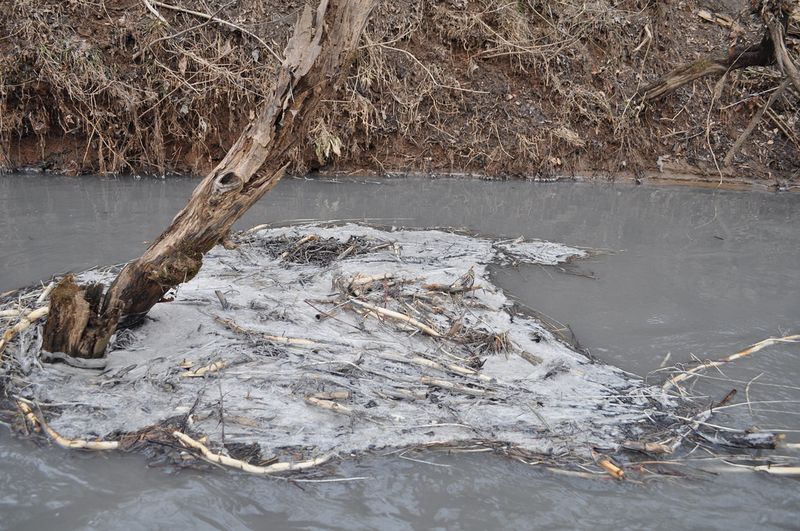As the fallout from the Dan River coal ash spills continues, the state Department of Environment and Natural Resources is working to uncover more about the negligence that led to the leak, the environmental impact it will have on the area, and how to prevent it from happening again.
On Thursday, a Wake County superior court judge ordered that Duke Energy, the nation’s largest utility, halt its contamination of groundwater at 14 coal-fired plants across North Carolina.
DENR issued violations to five North Carolina Duke Energy plants Monday for failing to obtain the required stormwater permits. This comes just after the Eden site was issued two notices for separate violations of stormwater and wastewater discharge regulations.
Jamie Kritzer, spokesman for DENR, told WCHL News Wednesday that state inspectors will examine all of Duke Energy’s coal ash facilities next week.
“We will be requesting that Duke provide both their engineering and their emergency action plans for those coal ash facilities, as well as maps for the facilities and videos of the insides of the pipes at all the impoundments,” Kritzer said.
DENR has enforced the rules regarding the coal ash impoundments for as long as they have been in existence. However, Kritzer said that the collapse of an old stormwater pipe at the Dan River site on February 2 was beyond the regulatory powers of DENR.
“The corrugated metal pipe at the Dan River Steam Station is not something that DENR has oversight over. We have oversight on what is actually coming out of the pipes and discharging to water in the state,” Kritzer said. “As far as the construction of the pipe itself, I am not sure that is something DENR would have had a hand in determining.”
Coal ash contains toxic contaminants such as arsenic, mercury and lead. It is estimated that the spill dumped at least 30,000 tons of pollutant into the river.
“The first steps of this response were to ensure that Duke got the spill under control,” he said. “When that stopped, we could focus more on environmental impacts. We had been doing water quality sampling as well as sediment sampling in the river since when this incident began, and we had also been collecting fish downstream from where the spill occurred.”
Kritzer said the agency plans to map and photograph discharge points at the facilities with coal ash ponds, noting the types of discharge points and their structural integrity. By investigating the emergency action plans, DENR will be able to determine if the preparations in the case of an incident like the spill on the Dan River are appropriate and detailed.
The Associated Press reported that the DENR has given Duke Energy until March 15 to provide more information about coal ash ponds.
“As we work to address coal ash impoundments statewide, we are going to be taking a comprehensive look at all of the infrastructure at these sites so that we can make sure that these types of spills, like the one that happened in Eden, never happen again.”
As information is gathered, Kritzer said DENR will be more informed about how to mitigate the impact of toxic sludge coating approximately 70 miles of the Dan River.
“What we are doing is taking a holistic look at all of the impacts that this spill could possibly have on the river itself and on the health of the river and the aquatic species that live there, the idea being that when we can determine those, we can better inform ourselves and others about how to approach both the long-term and the short-term clean up of the river.”
Neither the Dan River nor any of its tributaries flow into the three bodies of water from which OWASA, the non-profit agency serving Chapel Hill and Carrboro, provides drinking water.



Comments on Chapelboro are moderated according to our Community Guidelines